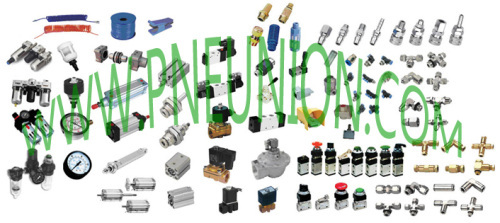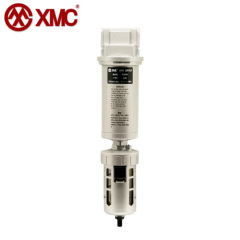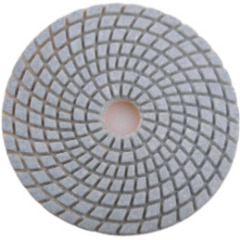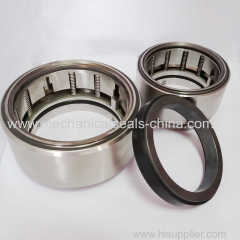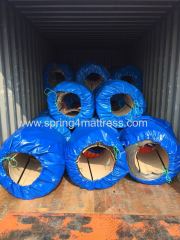Product (228)
-
Filter Regulator Lubricator
(8)

- Air Source treatment (27)
- Air cylinders (29)
- Air operated valves (44)
- Air Solenoid valves (22)
- Brass Push in fittings (11)
- Air tube fittings (70)
- Brass ball valves (5)
- Air blow guns (5)
- Vacuum Ejector (6)
- Hydraulic cylinders (1)
Valves' knowledge (1)
News (30)
Credit Report
Products Index
Company Info
E.DO TOOLS CO.,LIMITED [China (Mainland)]
Business Type:Manufacturer
City: Ningbo
Province/State: Zhejiang
Country/Region: China (Mainland)
News
Ball check valve
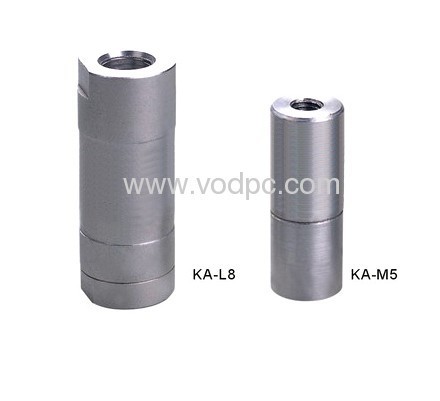
Ball check valve are often very small, simple, and cheap. They are commonly used in liquid or gel minipump dispenser spigots, spray devices, some rubber bulbs for pumping air, etc., manual air pumps and some other pumps, and refillable dispensing syringes. Although the balls are most often made of metal, they can be made of other materials, or in some specialized cases out of artificial ruby. High pressure HPLC pumps and similar applications commonly use small inlet and outlet ball check valves with both balls and seats made of artificial ruby, for both hardness and chemical resistance. After prolonged use, such check valves can eventually wear out or the seat can develop a crack, requiring replacement. Therefore, such valves are made to be replaceable, sometimes placed in a small plastic body tightly-fitted inside a metal fitting which can withstand high pressure and which is screwed into the pump head.
There are similar check valves where the disc is not a ball, but some other shape, such as a poppet energized by a spring. Ball check valves should not be confused with ball valves, which is a different type of valve in which a ball acts as a controllable rotor to stop or direct flow.
Pre Page:
Diaphragm check valve
Next Page:
Check valve


